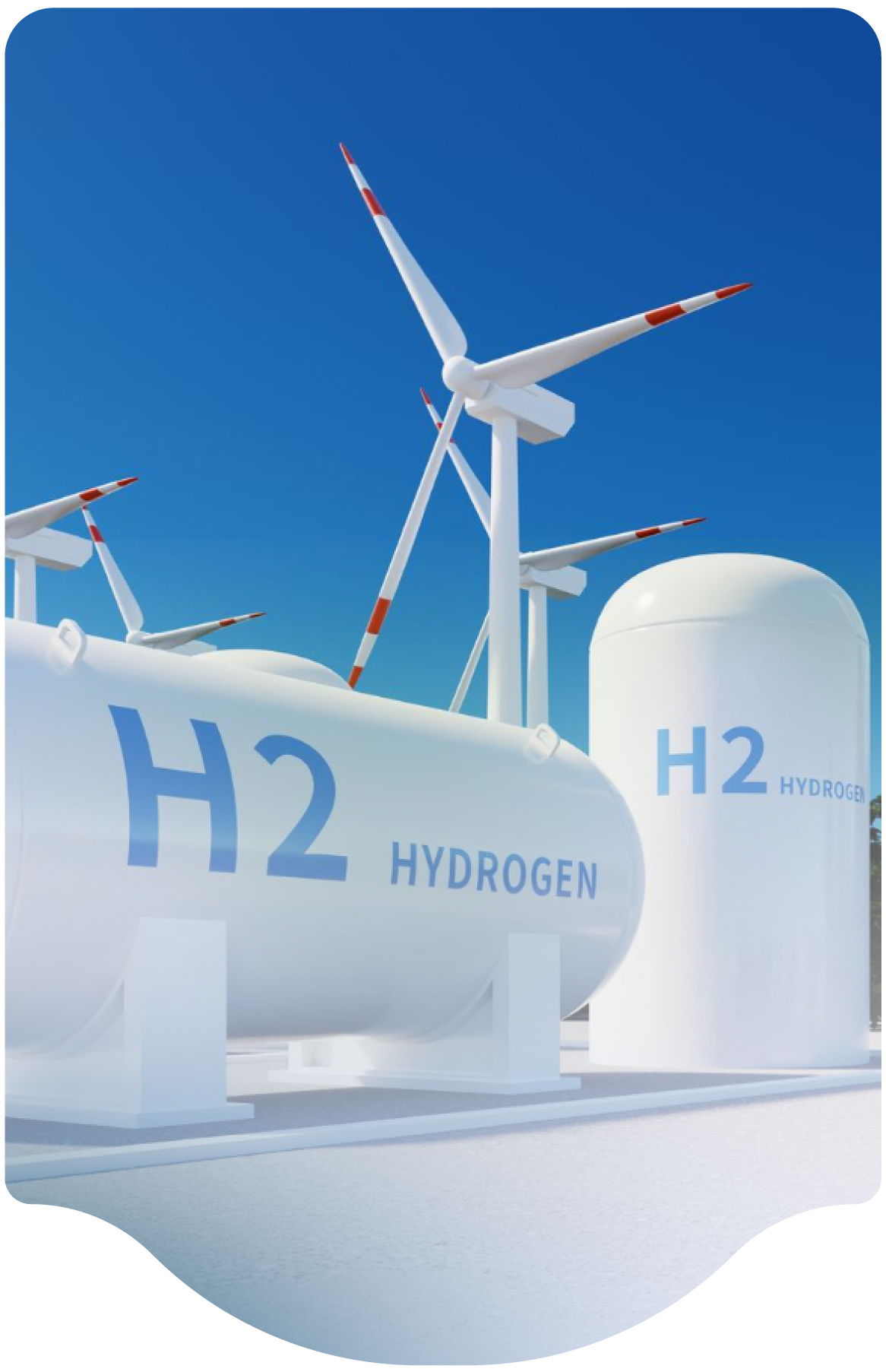- Home
-
Resources
- Center for Hydrogen Safety
- Hydrogen Fuel Cell Codes and Standards
- Learnings & Guidance
- Paper & References
- Web-based Toolkits
- Workforce Development

- Contact
- About H2Tools
- Welcome to the Hydrogen Tools Portal
- helpdesk@h2tools.org
FAQ
Frequently Asked Questions
Question & Answer
- 265 results found
- Clear All
Sprinkler systems and other fire suppression means are prescribed per building and fire codes to limit fire spread to other materials. In the case of a hydrogen leak and fire, it is best practice to isolate the hydrogen source, and let any residual hydrogen gas burn out. Even if the initial fire is extinguished, additional leaking hydrogen may accumulate and ignite with the potential for an…
Category: Hazards Analysis
Keywords: Fire Protection, Codes, Leak, Explosion
In general, indoor storage should be limited and the use of hydrogen indoors should be the least necessary. Look to store flammable gases outdoors in dedicated protected area when practicable. Check to see what adopted building and fire codes in your jurisdiction say. NFPA 2, Hydrogen Technology Code, Sections 6.4.1 and 16.3 prescribe requirements to limit hydrogen storage and use in…
Category: Miscellaneous
Outside storage is generally considered safer and is required for large amounts of gas. Stationary storage should be located outside at a safe distance from structures and ventilation intakes, and protected from vehicle impact.
Hydrogen storage separation distance requirements are typically based on the quantity and pressure of the hydrogen or the piping diameter, depending on the…
Category: Hazards Analysis
Keywords: Safety, Outdoors, Storage, Requirements, NFPA 2
In laboratories, 316 stainless steel tubing is frequently the first choice for small flow and pressures less than 2800 psi (19 MPa). See Best Practices: Material Compatibility for hydrogen compatibility with various materials. Always work within manufacturer’s pressure ratings adjusted for temperature. Read and follow…
Category: System Design
Keywords: Piping, Fitting, Mixed Gas, Temperature
Rupture discs open very rapidly. Historically, rupture discs opening at high pressure (1000 psig and above) have caused the most damage due to deflagration/detonation. Timing a rupture disc would not be possible. Additionally, how would you have a pilot light on a moving tube trailer? Even with a pilot light at the end of the stack may blow out due to the initial high velocity.
See…
Category: System Design
Keywords: Venting, Auto-Ignition, Rupture Disc
Vent stacks must be designed for a fire at the outlet. The mesh is designed to ensure no blockage of the vent stack by animals/insects.
Additionally, the mesh must be designed for pressure drop to ensure code-compliant back pressure on the relief devices.
Category: System Design
Keywords: Vent Stack, Mesh, Pressure, Pressure Relief Device
The answer is dependent upon the nature of the system and a hazard assessment which evaluates a balance of risk.
Keeping the hydrogen in the vessel is better so the hydrogen release does not compound the original hazard. Large flowrates from vessels can create significant risk of vapor cloud explosion, jet explosion, or radiation exposure. Vent systems can also fail from poor…
Category: Hazards Analysis
Keywords: Hazards Analysis, Pressure Vessel, TPRD, Vent System
Yes, numerous incidents have occurred where frozen air (which contains oxygen) has built up within a hydrogen process or vent system. These incidents with vent systems incorporate more than just a vent stack, but include a vent system consisting of additional atmospheric equipment (such as a tank) where the equipment stays cold and allows air into the system in contact with a cold hydrogen…
Category: System Design
Keywords: Vent System, Vent Stack, Flow, Ignition
Heat tracing can be used as a safeguard against freezing. However, it must be understood that:
- The heat trace system uses a utility supply so may not always be operational.
- The electrical equipment must be properly classified for the area, which can be challenging for the Div 1 classification for vent stack outlets.
- The heat tracing might be damaged by vent…
Category: System Design
Keywords: Heat, Temperature, Electrical Classification, LH2, GH2, Maintenance
Hydrogen flames can be nearly invisible in daylight, especially at low flowrates. The concentration of hydrogen does not have much effect on the color of the flame. Many hydrogen incidents or fires will have a bright orange hue, or even yellow flames. The color is primarily caused by contaminants that is either naturally in the air in certain environments, swept into the air during the release…
Category: Properties
We are professional and reliable provider since we offer customers the most powerful and beautiful themes. Besides, we always catch the latest technology and adapt to follow world’s new trends to deliver the best themes to the market.
Contact info
We are the leaders in the building industries and factories. We're word wide. We never give up on the challenges.
- 2 Queen Street,California, USA
- (+84) 04 123 456
- :Helpdesk@h2tools.org
